This thread may get long so here is a thread Index:
To Jump to the start of the ALLO BOSS review click here
------------------------
Hi all.
A few days ago I received the new ALLO Audio music streamer and amplifier.
Let's unbox
As you can see, very nicely boxed.
I have been using the IQAudio DAC+ for quite some time now and find it really quite amazing. As you know the IQAudio DAC+ uses the Rasperry Pi SBC (Single Board Computer). The new ALLO unit also uses an SBC but in this case it's a different build construction to the RPi.
The ALLO SBC is called 'Sparky'.
As you can see, it's quite similar in looks to an RPi board.
The thing that makes the ALLO audio streamer different to the IQAudio is the re-clocker board called the 'KALI' which irons out any jitter. This is a HAT board of which fits on top of the Sparky SBC.
You also power through the KALI and not through the SBC.
Here are some specs:
- The basic design includes FPGA based FIFO board
- I2S input: 44.1 KHz, 48 KHz, 88.2 KHz, 96 KHz, 176.4 KHz, 192 KHz - 16bit, 24bit or 32bit
- I2S output: 44.1 KHz, 48 KHz, 88.2 KHz, 96 KHz, 176.4 KHz, 192 KHz - 16bit, 24bit or 32bit
- FIFO Memory: 4MB SRAM
- Can be use with external Crystal Oscillators for MCLK or upgraded to a higher quality, multi-frequency clock that comes with automatic Fs switching and better performance
- LED indicators (Power, Full, Lock, Empty, Sample Rate, Mclk)
- DC power supply: (5V/3A) with Filter circuits
- Multi-frequency output capability to support the full I2S working range from 44.1 KHz to 196 K
- Automatically switching frequencies according to the input I2S signals
- Extremely fast and very low propagation delay Flip-Flops are added on I2s signals output from FPGA, for synchronization with MCLK before sending to DAC
- Ultra-low-noise voltage regulators for optimal audio performance
- Integrated EEPROM for automatic configuration (with write-protection)
Then on top of that comes the 'PIANO' and in this case v2.1. The Piano board is the DAC and is where you will find the audio outputs.
You will probably notice that it has x4 outputs. Two outputs are for stereo out, and the other two outputs are for a sub-woofer stereo out.
Here are some specs:
- Dedicated Two no’s of 384 kHz/32bit high-quality DAC PCM5142 for best sound quality
- Available with different output connectors: 4 x RCA
- DAC SNR is 112dB
- DAC THD+N @ - 1dBFS are –93dB
- Full Scale Output of DAC is 2.1Vrms
- Dynamic Range of DAC is 112dB
- Sampling Frequency ranges from 8 kHz to 384 kHz
- Ultra-low-noise voltage regulators for optimal audio performance
- Integrated EEPROM for automatic configuration (with write-protection)
The fun doesn't stop there either... Yup, you have guessed it, there is another board to go.
The next board that fits on top is of course the amplifier. The amplifier is called 'VOLT'.
Here are some specs:
- This class D amplifier goes up to 2 x 50W Max
- The components used are specifically designed for high end audio devices (Würth Inductor, TI chipset, film capacitors and ± 1% thin film resistors)
- VOLT AMP boasts 4 output filters, 4 EMI Snubbers, 4 bootstrap capacitors and gain setting components And Additional Provision for stepped attenuator volume control
Technical Specifications- Chipset: TPA3118D2
- Output: 2 x 50W (Max) into a 4 to 8-Ω BTL Load
- Class D Operation: 90% POWER EFFICIENCY
- SNR: 102dB
- Supply Voltage: UP TO 24V DC
- Board Size: LWH = 58mm* 86.75mm * 32.06mm
- Temp Range: -40°C to 85°C Ambient
ALLO have really gone to town on this design as a system in it's entirety because there is one more board to go. The PSU for the VOLT called the CAPACITANCE MULTILPIER
Some specs here:
- Max Vin (30v)
- Min Vin (6v)
- Dropout voltage is trim pot selectable from 0-3V (dropout voltage should be always higher than ripple / noise of PSU)
- Factory default is 0.5V
- Power dissipation is dropout Voltage x A used = W of heat
- PSRR of 70db
- This circuit is very suitable for class A and class D amplifiers or even to feed clean power to your SBCs
So altogether we have a superb little system here and I have to say it really does sound very nice indeed. The system also comes with two acryllic platforms for assembly too.
As for ease of assembly it's really very easy and only takes 5 minutes.
Here are some pics of the assembly process.
Fully built.
Showing SD slot on the underside of the Sparky.
So, lets get on with how this sounds. (No Veils or blankets were used in this review)
I am reviewing this only two days in to hearing it for the first time using the SPARKY, KALI and Piano 2.1 boards in comparison to the RPI 2 and the IQAudio DAC+. Not a long time in I know but it's long enough to give you something to think about. Also, I am not using the supplied wallwart PSU as I use the SBooster BOBW PSU which is great because it comes with a selection of connectors. So before we start I have to say that at this moment in time there are still some software bugs that need to be ironed out. But this is quite understandable. The hardware however is solid.
This system uses MAX2PLAY for it's user platform and can be used with Squeezelite, Shareport (Airplay) as it's user interfaces. In this case I'm using Squeezelite as I have a USB drive connected and not a NAS box system.
The Sound:
The first thing I noticed was the amount of information coming through. Lots of detail which I have to confess I knew was there but it's never shown itself as clearly before now if you know what I mean. Because of this the stage is wider and deeper with lots of air. You can track instruments much easier.
The second thing I noticed was the bass. From when my dub track kicked in it made me smile. This is proper bass. Listening to lots of different tracks from different genre's the bass comes through easier with more definition and focus creating a much more realistic mid-range fluidiy.
From this moment in testing and in comparison to the IQAudio/RPi combo I think the ALLO most certainly comes out the most focused. But... the IQAudio does have a certain something which is more of a relaxed presentation. These are early days and I will be returning to the IQAudio/RPi system at a later date.
Now let's power up the VOLT!
The Volt has up to 50wpc output which is really quite enough for most.
I hooked up my 15" Tannoy Monitor Golds and awaywaywaywego!
Very impressive... for something that's so small this has to be the best digital amp I've heard. My speakers are not hard to power, far from it. So this may vary with different speakers but I have to say I'm very impressed indeed.
I'm going to keep this review open so I can keep on updating on how this opens up over the next few months so stay tuned.
More information can be found here:
PIANO
http://www.allo.com/marketing/brochu...1-brochure.pdf
VOLT
http://www.allo.com/marketing/brochu...p-brochure.pdf
KALI
http://www.allo.com/marketing/brochu...i-brochure.pdf
CAPACITANCE MULTILPIER
http://www.allo.com/marketing/brochu...r-brochure.pdf
Stay tuned! - Thanks for reading
Jo






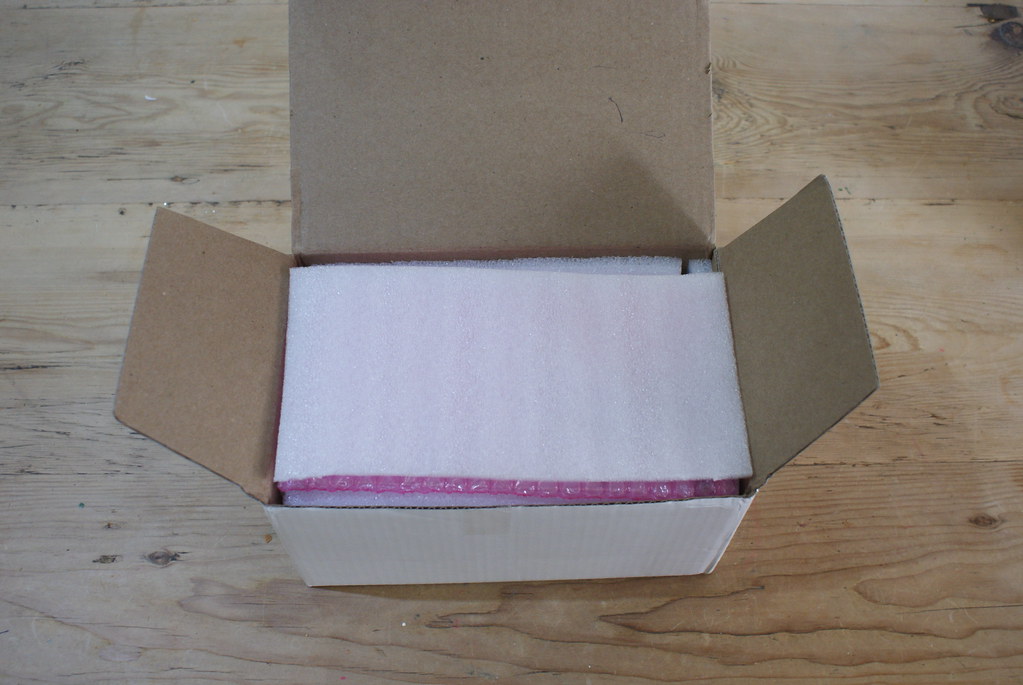
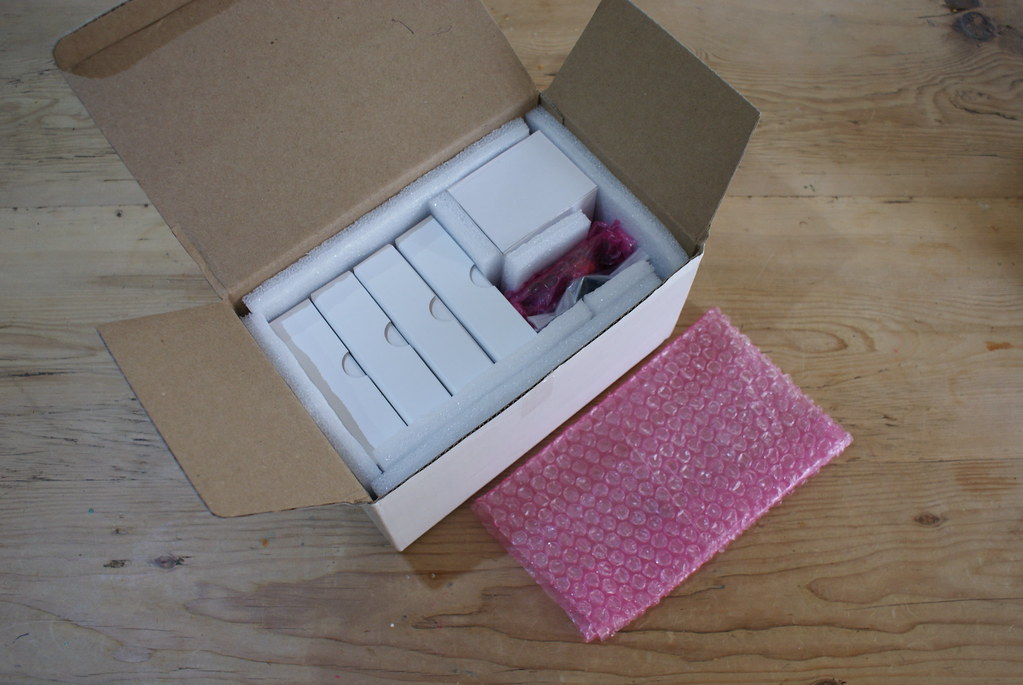


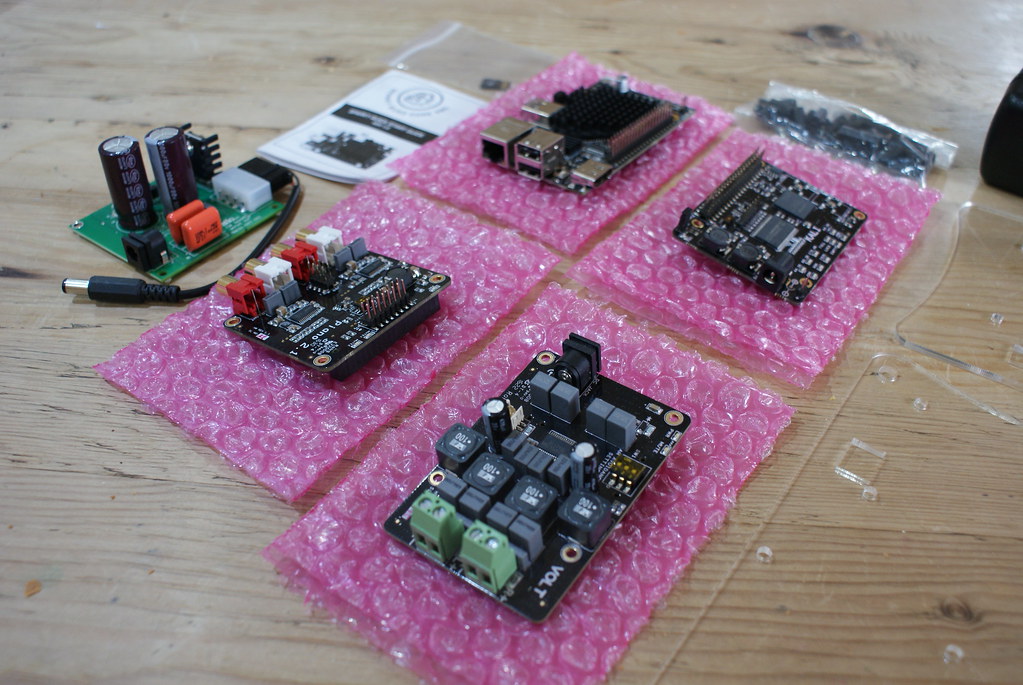


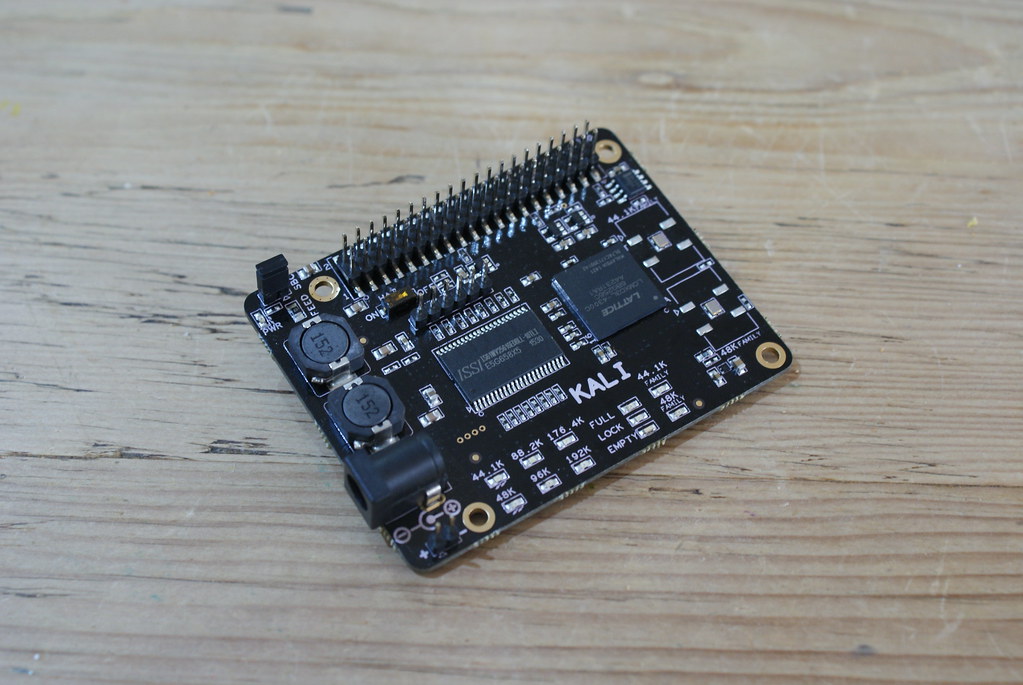



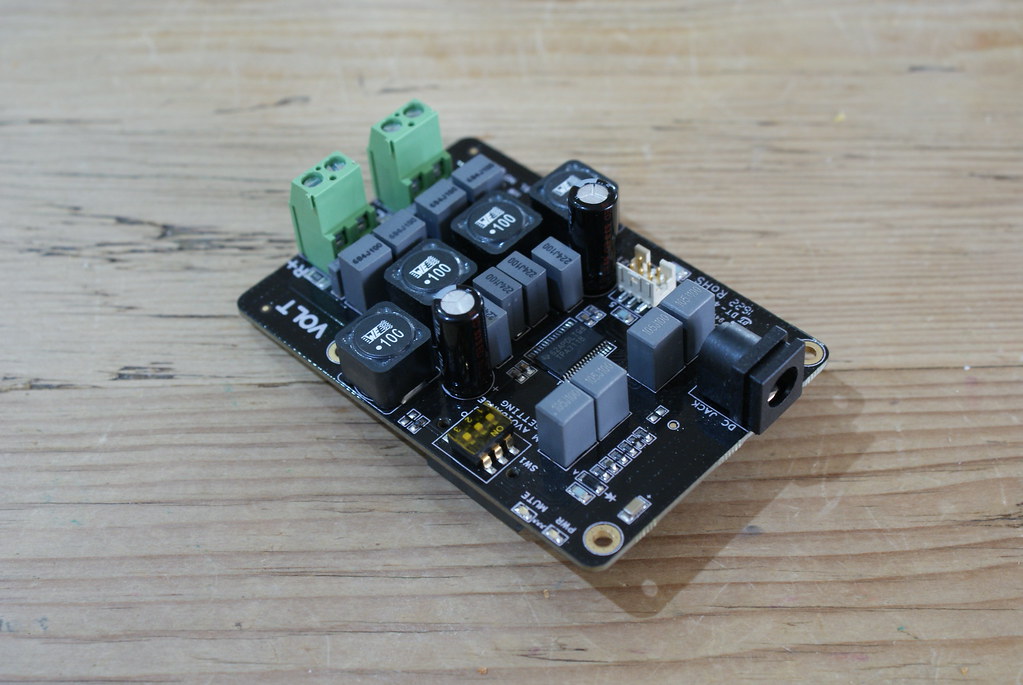
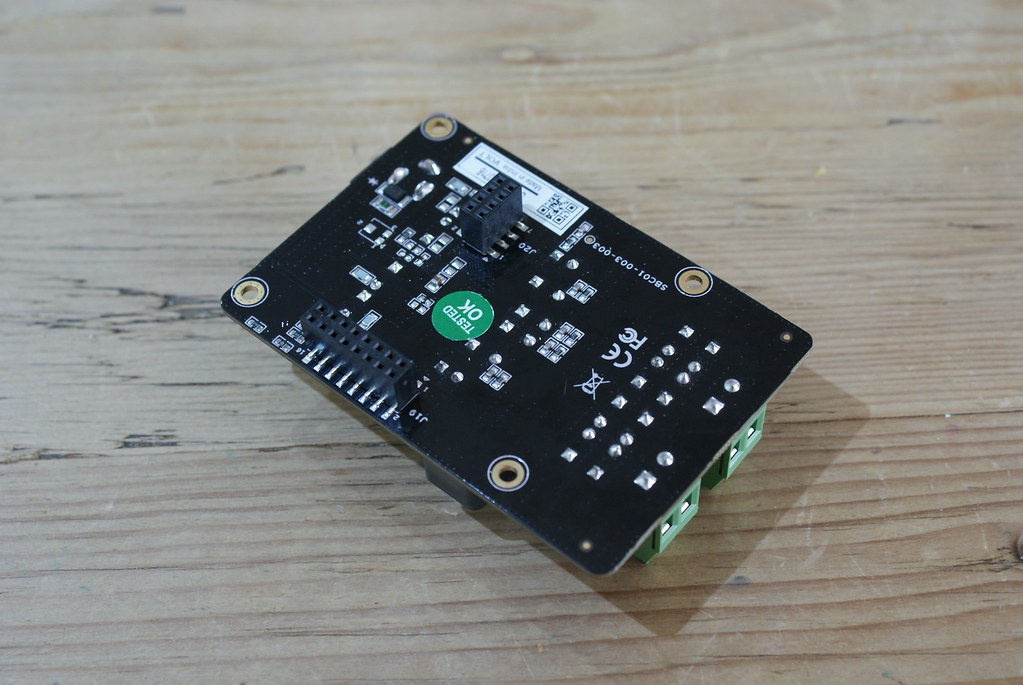

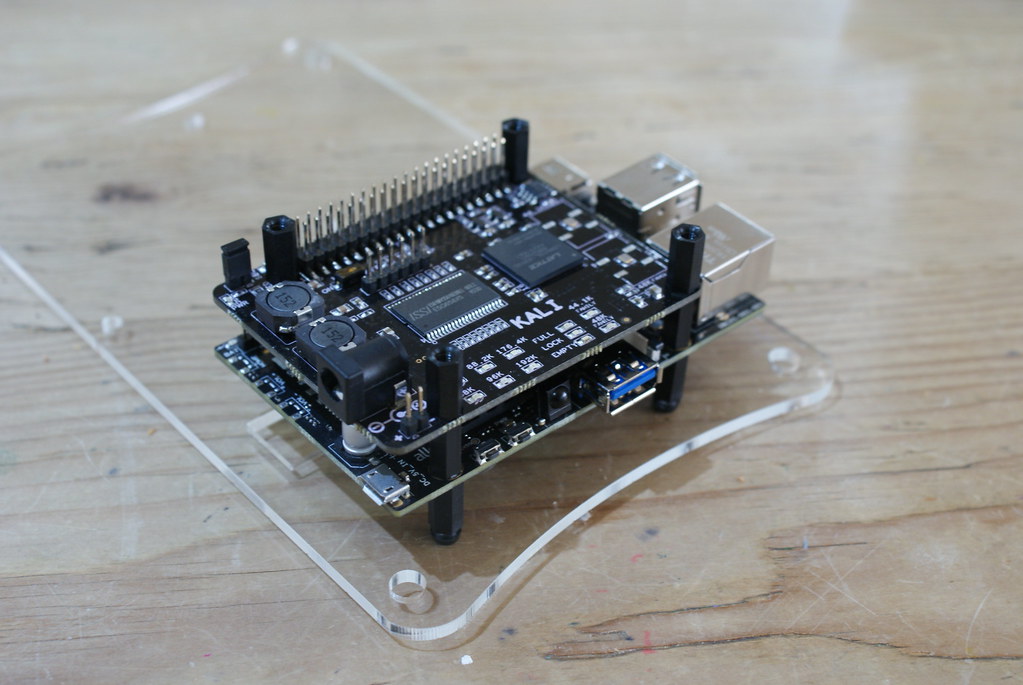

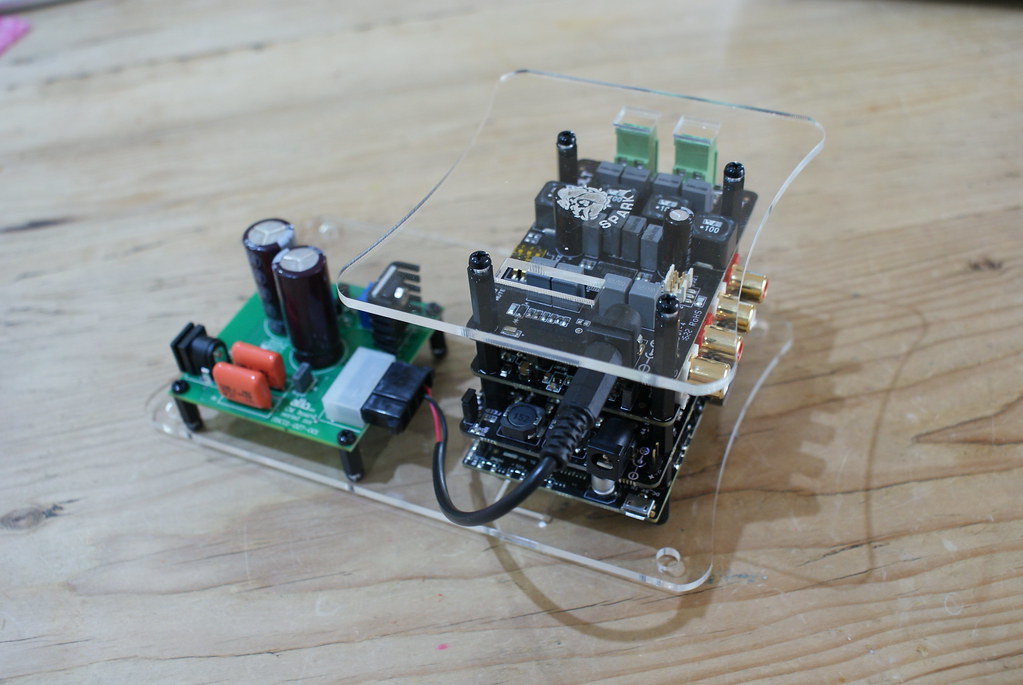

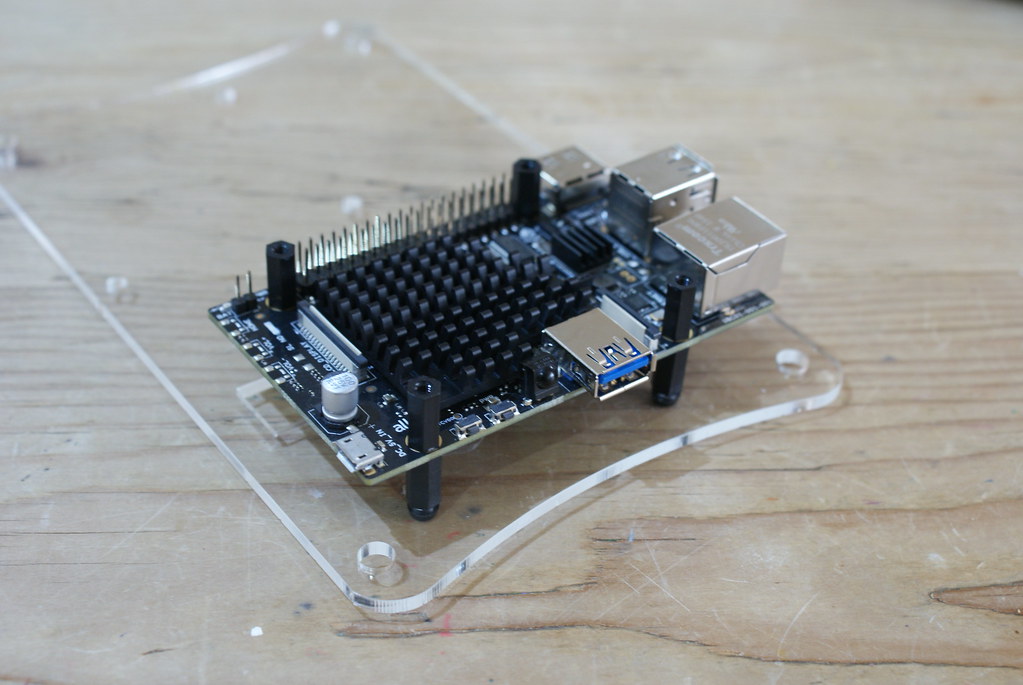

 Reply With Quote
Reply With Quote